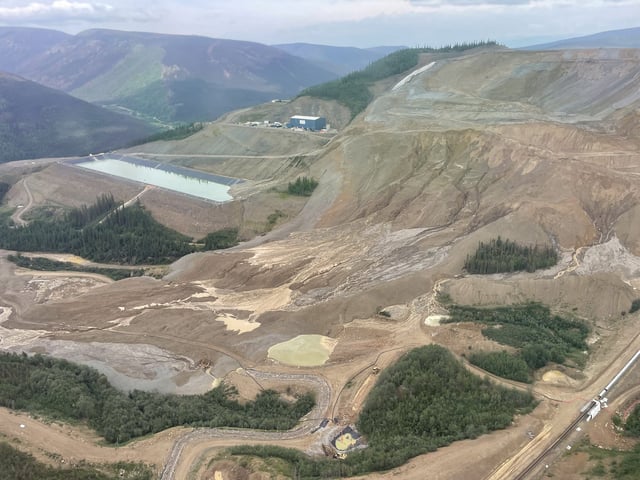Overview
- An engineer describes the June 2024 slope failure at Eagle Gold Mine as one of the two most catastrophic heap-leach collapses in 45 years following the release of two million tonnes of cyanide-soaked ore
- The board attributes the rapid 10-second collapse to an over-steepened heap design, poor ore quality and a rising water table that triggered large-scale liquefaction
- Independent reviewers found almost no site surveillance at the facility, highlighting a common industry shortfall in monitoring heap-leach operations
- All 50 recommendations in the July report are deemed relatively inexpensive and focus on improved slope engineering, drainage control and continuous monitoring
- Industry experts led by the review board’s Mark Smith are drafting the first global heap-leach guidelines, expected to be published by 2027 as Yukon regulators review policy changes

